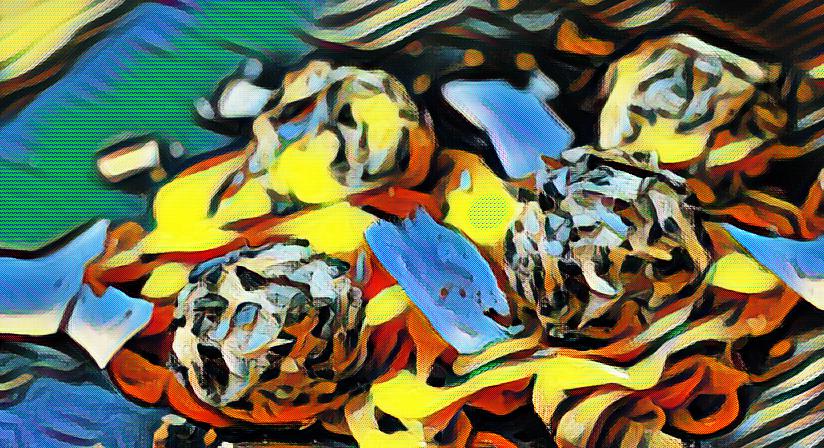Modern polenta is a grain-based food made from boiled cornmeal. It is a traditional regional dish served in northern Italy, Slovenia, Croatia, and southern Switzerland. The main ingredients are yellow or white cornmeal and water or soup stock.
How polenta is prepared?
Traditionally, polenta is cooked in an amount of liquid (either water or soup stock) which measures four to five times the amount of the cornmeal in volume. Because the cornmeal must cook at a relatively low temperature, traditional polenta is a time-consuming and labor-intensive food to prepare. Cooking time is approximately 45 minutes and the polenta must be stirred constantly to avoid burning.
Polenta can be eaten as porridge with about the same consistency as grits or can be allowed to cool and solidify into loaf form.
In loaf form, polenta can be sliced then fried or baked until crispy and served with a sauce or garnish as a side dish. Sliced polenta can also be served as a main dish, especially at a time when meat or other protein is in short supply.
The origins of polenta
Polenta in one form or other has been around since the dawn of time. The actual name comes from the Latin word for fine flour. Over the centuries, polenta has been made from grains other than corn. Wheat, barley, chestnuts, millet, and even chickpeas have been used to make this dish.
The only requirements were that the grain being used was in abundant supply.
Traditional polenta
Even though polenta is often thought of as a food associated with people of lower socio-economic classes, it has recently been making a comeback in popularity.
More and more people around the world are rediscovering its delicate flavor and the ease with which it can be prepared to go with many other foods.
This popularity is changing the image of polenta from that of a staple food to one where it’s enjoyed as a cutting edge side dish.
